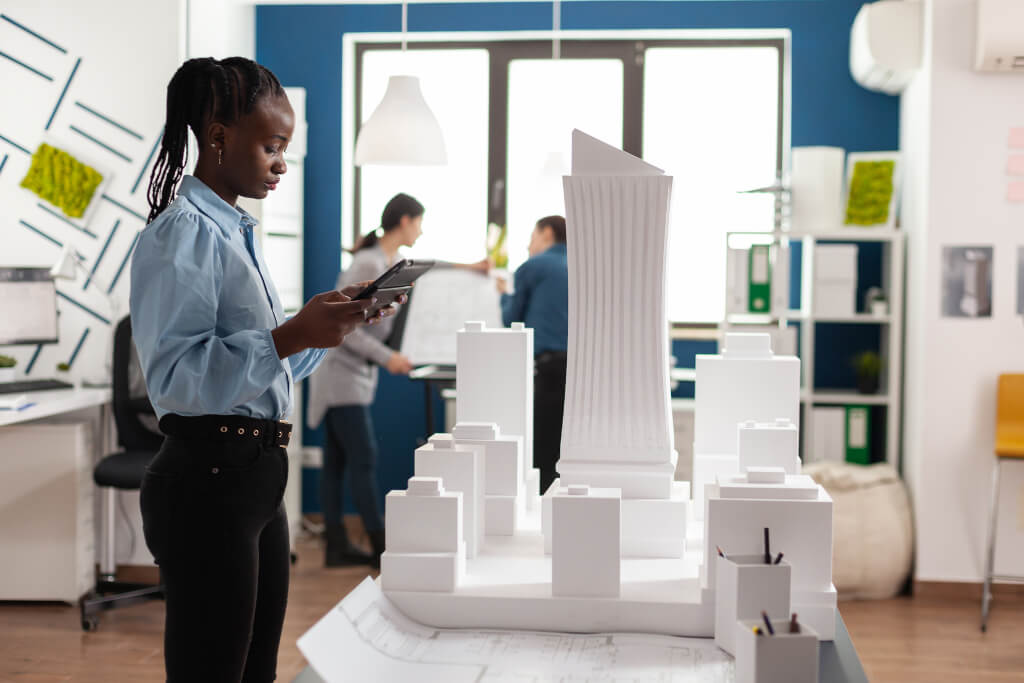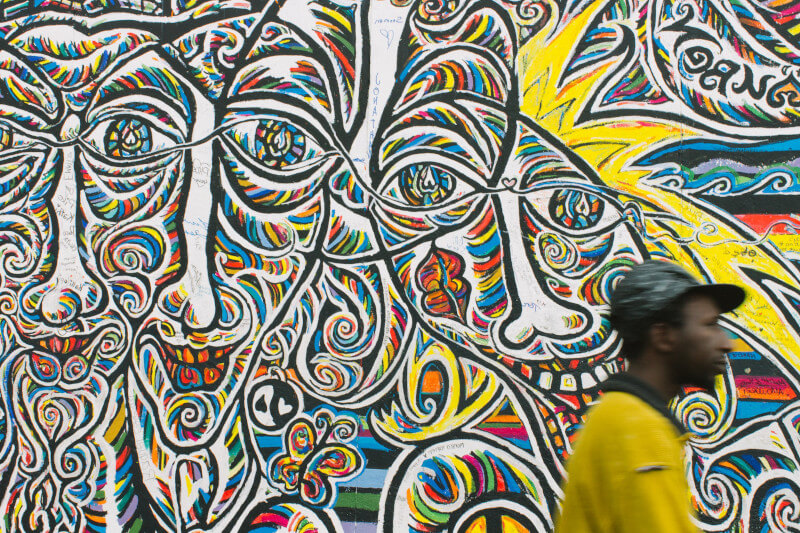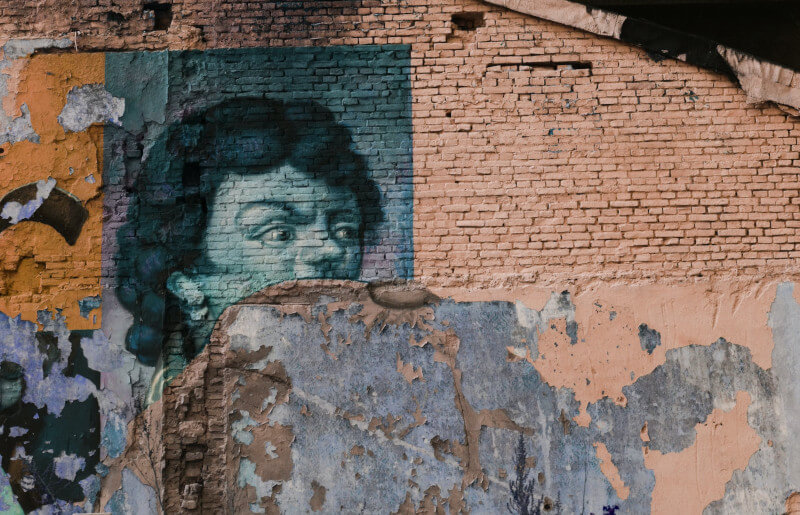This year marks a watershed moment in the history of the Venice Architecture Biennale, a famous and influential show that has captivated visitors since 1979. An African architect, Lesley Lokko, has taken the unprecedented step of curating the exhibition, and she has made sure that Africa is given a prominent role in the event. This pioneering decision marks a huge step towards a more inclusive and representative global architecture community. I had the pleasure of visiting the preview week in Venice, where I saw the beginning of a new era as an architecture lover and academic with a focus on African cities and non-western architectural forms. This article will take you on an exciting tour of the exhibition’s highlights, highlighting the significant ways in which African architects have helped to decolonize the conversation about architecture.
The Trailblazing Exhibitions of Lesley Lokko
The diffused blue light that welcomes guests to the Corderie dell’Arsenale this year represents the hopeful and reflective moment at the core of this year’s display. This bright area represents the threshold between sleep and wakefulness, the beginning of a new era. This year’s exhibition is dedicated to the theme of the laboratory of the future and was curated by Lesley Lokko, a futuristic Ghanaian-Scottish architect, educator, and novelist. Instead of seeing architects as just builders of physical structures, Lokko encourages viewers to go to Africa for ideas and wisdom. In our increasingly interconnected society, she urges architects to try out new types of buildings through shared experimentation.
Recognising Enduring Authenticity Throughout His Career
Awarding Nigerian architect and artist Demas Nwoko the Golden Lion for Lifetime Achievement exemplifies Lokko’s decolonizationist ideals. Though limited in number, Nwoko’s structures are hailed as pioneering examples of the environmentally friendly, culturally genuine architectural expressions that are currently trending across Africa and the rest of the world. For instance, his Dominican Institute and Chapel in Nigeria reimagines Christian motifs through an African lens, including local colour and adornment.
From Authoritarian Ranks to Mutual Obey
By establishing true “contact zones” that stimulate beneficial discussions between varied perspectives, Lokko’s method represents a significant shift from the usual framework of the Venice Biennale. This change encourages mutual tolerance for diversity while challenging arbitrary power structures. Despite this cause for joy, the persistent challenges African architects confront must be recognised. The uproar over visa denials for African architects attending the event underlines the need to eliminate systematic disparities and racist immigration rules, ultimately encouraging a climate of genuine reciprocity and inclusion.
Putting the Spotlight on Africa’s Showstopping Contributions
More than half of the artists in the exhibition are originally from Africa or the African diaspora. Force Majeure, an exhibition including work by Nigerian visual artist Olalekan Jeyifous, sets the scene in the main pavilion. The interaction between buildings, communities, and the natural world is examined through Jeyifous’s striking visuals, which call for the restoration of damage perpetrated by colonial powers. Nairobi-based collective Cave Bureau created The Oral Archive to honour the value of storytelling in passing on information from one generation to the next and maintaining a strong sense of place. These are only a few of the many works that force us to question accepted narratives and spark lively debate.
Symbolic Plea for a New Tomorrow
The 2023 Venice Architecture Biennale is a watershed event because it will facilitate the decolonization of the architectural world through the confrontation, comparison, and exchange of different perspectives. It’s a big deal for bringing more people together in the future. From the time the exhibition opens to the public until it concludes in November, visitors will have the chance to interact with these revolutionary concepts. With its optimistic undertones, the blue hour encourages us to reimagine our world and recognise architecture’s potential to effect positive change.
A Watershed Moment for African Architects
In this article, African architect Lesley Lokko, curator of the groundbreaking Venice Architecture Biennale, takes us on a fascinating tour of the exhibition. Decolonization, mutual understanding, and greater respect for African architectural contributions are made possible by Lokko and the exhibitions she curates by redefining conventional ideas about architecture. The exhibition features an exceptional African presence that demands attention and acknowledgment, from beautiful installations to powerful narratives. As we celebrate this pivotal point in architectural development, we can start to imagine a future in which new points of view and more open discussions will radically alter the built environment.
About the Author:
Edmore Nkosi is a riveting South African journalist, specializing in entertainment and current affairs. With his unique ability to blend pop culture with real-world events, Edmore has carved a niche in providing captivating narratives that resonate with a diverse readership.




